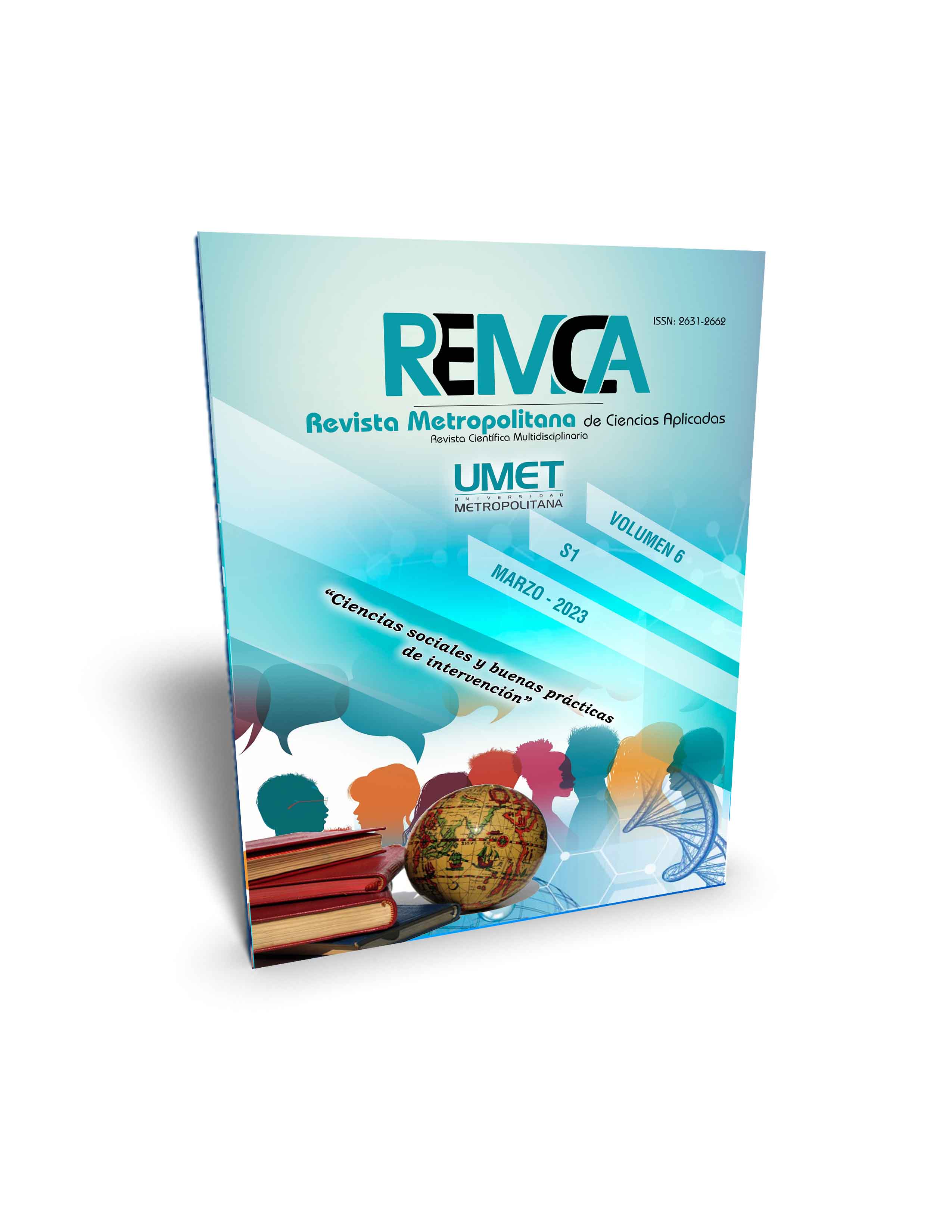The chain of safekeeping and custody of material evidence
DOI:
https://doi.org/10.62452/3dg5rq85Keywords:
Criminalistics, chain of custody, evidenceAbstract
In this article we address a topic of special importance for criminal science in general and for criminal procedural law in a special way. The need for the chain of safekeeping and custody of the material evidence, in any procedural scheme of criminal prosecution, the evaluation of the evidence constitutes the basis for the sentence of the courts. Hence, the chain of custody of the evidence is, among other procedural aspects, the guarantee that the principle of legality is complied with. For this reason, the theoretical and methodological considerations related to this topic are analyzed, where the undeniable importance of the institution studied is demonstrated, it should also be mentioned that we focus on a comparative study of the criminal procedural norms of Cuba, Chile, Colombia, Ecuador and Mexico, to analyze how the Chain of Custody of evidence is regulated in these Latin American legal bodies.
Downloads
References
Arburola, A. (1992). La cadena de cuatodia de la prueba. Organismo de Investigación Judicial. Oficina de Prensa. Lectura para Ejecutivos, 57.
Asociación de Colegios Profesionales. (2014). La prueba pericial y la importancia de los dictámenes periciales. https://web.icam.es/bucket/Art%C3%ADculo%20UICM%20-%20La%20importancia%20de%20los%20dict%C3%A1menes%20periciales(1).pdf
Badilla, J. (1999). Curso de administración y procesamiento de la escena del crimen. Escuela Judicial, Sección de Capacitación-OIJ.
Borbón, A., & Saénz, S. (2002). El proceso de investigación criminal en el delito de incendio desde el punto de vista del sitio del suceso en el Organismo de Investigación Judicial. ULICORI.
Bravo Tuárez, T. L. (2017). La criminalística en función del descubrimiento y la verificación científica del delito. 3Ciencias.
Chile. Congreso Nacional. (2000). Código Procesal Penal. Diario Oficial Nº 36785. https://www.bcn.cl/leychile/navegar?idNorma=176595
Colombia. Congreso de la República. (2004). Código de Procedimiento Penal. Diario Oficial Nº 45.658. http://www.secretariasenado.gov.co/senado/basedoc/ley_0906_2004.html
Ecuador. Asamblea Nacional. (2014). Código Orgánico Integral Penal. Registro Oficial 180. https://siteal.iiep.unesco.org/sites/default/files/sit_accion_files/siteal_ecuador_0217.pdf
López, P. (2002). Investigación criminal y criminalística. Temis.
México. Cámara de Diputados del Congreso de la Unión. (1934). Código federal de Procedimientos Penales. Diario Oficial de la Federación. https://www.oas.org/juridico/spanish/mesicic3_mex_anexo22.pdf
Pereira Fernández, J. (1991). Teoría General, Técnica, Táctica y Metodología Criminalísticas. 1ra parte. ICL.
Vaca Andrade, R. (2020). Derecho Procesal Penal Ecuatoriano. Ediciones Legales.
Yávar Nuñez, F. (2015). Orientaciones Prácticas COIP. FERYANU.
Downloads
Published
Issue
Section
License
Copyright (c) 2023 Osvaldo P. Brito-Febles, Yisel Muñoz-Alfonso (Autor/a)

This work is licensed under a Creative Commons Attribution-NonCommercial-ShareAlike 4.0 International License.
Authors who publish in Revista Metropolitana de Ciencias Aplicadas (REMCA), agree to the following terms:
1. Copyright
Authors retain unrestricted copyright to their work. Authors grant the journal the right of first publication. To this end, they assign the journal non-exclusive exploitation rights (reproduction, distribution, public communication, and transformation). Authors may enter into additional agreements for the non-exclusive distribution of the version of the work published in the journal, provided that acknowledgment of its initial publication in this journal is given.
© The authors.
2. License
The articles are published in the journal under the Creative Commons Attribution-NonCommercial-ShareAlike 4.0 International License (CC BY-NC-SA 4.0). The terms can be found at: https://creativecommons.org/licenses/by-nc-sa/4.0/deed.en
This license allows:
- Sharing: Copying and redistributing the material in any medium or format.
- Adapting: Remixing, transforming, and building upon the material.
Under the following terms:
- Attribution: You must give appropriate credit, provide a link to the license, and indicate if any changes were made. You may do this in any reasonable manner, but not in any way that suggests the licensor endorses or sponsors your use.
- NonCommercial: You may not use the material for commercial purposes.
- ShareAlike: If you remix, transform, or build upon the material, you must distribute your creation under the same license as the original work.
There are no additional restrictions. You may not apply legal terms or technological measures that legally restrict others from doing anything the license permits.




